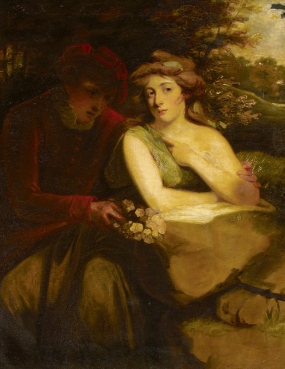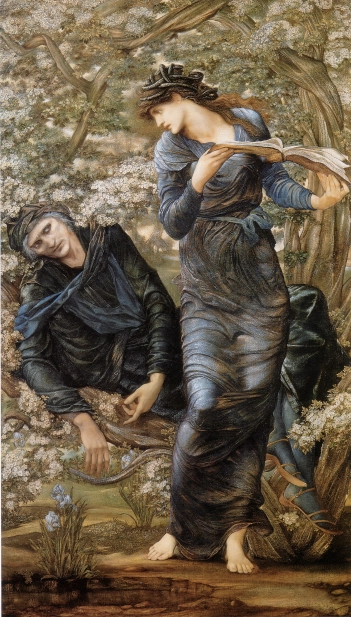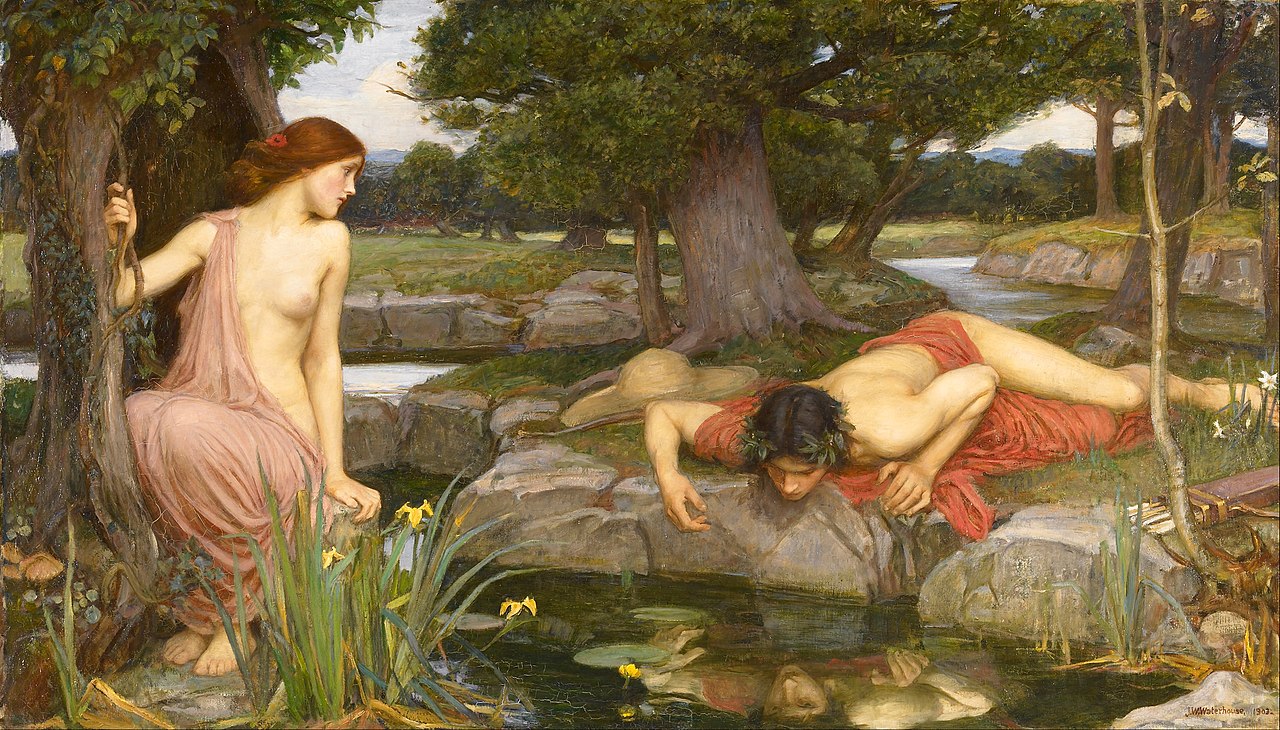
This portrait of Sarah Lethieullier portrayed as the mythological figure Diana is one of a pair commissioned by her husband Sir Matthew Fetherstonhaugh. Its complimentary painting is a portrait of himself dressed as a hunter.

This portrait of Sarah Lethieullier portrayed as the mythological figure Diana is one of a pair commissioned by her husband Sir Matthew Fetherstonhaugh. Its complimentary painting is a portrait of himself dressed as a hunter.

Princess Charlotte Augusta of Wales was the only child of George, Prince of Wales (later to become King George IV) and Caroline of Brunswick. If she had outlived both her grandfather, King George III, and her father, she would have become Queen of the United Kingdom, but tragically she died following childbirth on 6 November 1817 aged just 21.

This intriguing painting tells the story of Vertumnus and Pomona, two characters from Roman Mythology. Their story was told in the Metamorphoses by Ovid, which has been a popular source of inspiration for artists for several centuries. Vertumnus is a god with multiple roles. He is the god of seasons, of plant growth, gardens and fruit trees and also possessed the remarkable power to change his form at will.

Edward Burne-Jones was obsessed with the legends of King Arthur. As a young man he had stumbled upon an old edition of the tales in a shop and had visited the shop each day until he’d read every word.
Tradition dictates that on February 14th each year prospective lovers will send each other romantic missives in a bid to win affections. One such tale of love and desire is told in the legend of the Mermaid of Galloway. In the 1810s Sir John Leicester, owner of Tabley, was intrigued by a poem, published by Robert Hartley Cromek in a book of traditional folklore, which told one version of the tale of the mermaid. Leicester commissioned the artist William Hilton to commit the story to canvas.

According to the folklore of the Scottish Lowlands, the mermaids were a race of goddesses who had become corrupted with earthly desire. Their beauty was such that the heart of any man who viewed their faces would be filled with unquenchable desire. Their visits to the earth were rare and the subject of many stories but they would select a man of ‘exalted virtue and rare endowments’ and then woo him with their siren like voices.
Visitors to the impressive Victorian Gallery at the Walker Gallery in Liverpool are often struck by this imposing canvas and the tragic tale of unrequited love it so romantically illustrates. Echo and Narcissus is an episode from the epic Roman poem Metamorphoses written by Ovid around 2000 years ago.

Narcissus, as the son of a god and a nymph, was a young man possessed of both grace and beauty. As a child his parents were told that he would have a long life if he did not look at himself. Throughout his youth he rejected all the nymphs and women who fell in love with him. One of these was the nymph Echo. A tragic figure once punished by a goddess for her constant chatter, Echo was confined to repeating the words of others. Hopelessly obsessed with Narcissus she tried to win his love using fragments of his own speech but he spurned her attentions. Echo was so upset by her rejection that she withdrew from life and wasted away until all that was left was a whisper. Her prayers were heard by the goddess Nemesis who cursed Narcissus to fall in love with his own reflection. Obsessed by his own image, he continued to look at his reflection, forgoing all food and water until his death. A narcissus flower grew on the riverside marking the spot where he died.
In 1877 the successful businessman and philanthropist Sir Andrew Barclay Walker spent what would be in today’s money millions of pounds establishing an Art Gallery in Liverpool.
Today art lovers continue to be attracted to the remarkable collection held in the Walker Gallery, much of which has been donated by generous benefactors following in the tradition of its founder. This painting is one such example. Frederic Leighton was one of the best known and most respected artists working in the late-Victorian period, but his work was not represented in the gallery’s collection. A local man and successful chemist named Andrew Kurtz commissioned Elijah in the Wilderness directly from Frederic Leighton after a visit to his studio in Holland Park, especially to commemorate the opening of the Walker Gallery. (more…)
The month of June is the time of midsummer centred upon the summer solstice, which this year falls on Saturday 21st June.
In the Middle Ages the evening before midsummer was celebrated much as we now celebrate the New Year: bonfires were lit, feasts devoured and much merrymaking occurred. Midsummer is still celebrated each year in Chester in one of the UK ’s oldest and most colourful festivals.